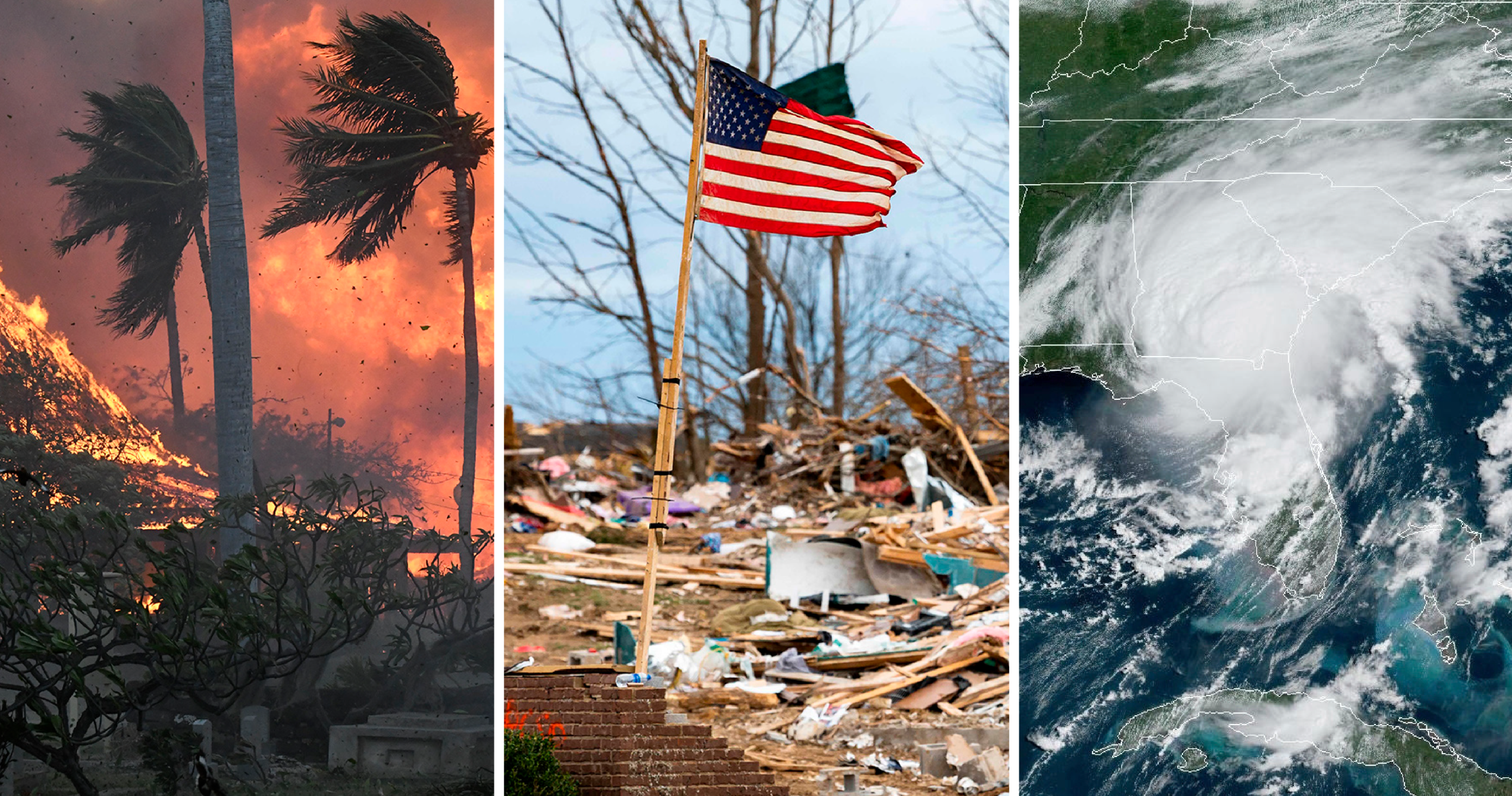The United States is home to a diverse range of geological features, from towering mountain ranges to expansive coastal plains. However, these landscapes are also shaped by powerful geologic hazards that pose significant threats to communities, infrastructure, and the environment. Earthquakes, landslides, volcanic eruptions, tsunamis, and sinkholes are among the most dangerous geological threats in the country.
Understanding these hazards is crucial for minimizing risks and ensuring preparedness. This article explores the most significant geologic hazards in the U.S., their causes, high-risk locations, and key prevention strategies.
1. Earthquakes: Shaking the Nation
Causes
Earthquakes occur due to sudden movements along fault lines in the Earth’s crust. The shifting of tectonic plates creates stress, which, when released, generates seismic waves that cause the ground to shake.
High-Risk Locations
- California (San Andreas Fault)
- Alaska (Aleutian Subduction Zone)
- Pacific Northwest (Cascadia Subduction Zone)
- New Madrid Seismic Zone (Central U.S.)
Risks
- Structural damage to buildings and bridges
- Landslides and ground liquefaction
- Tsunami generation (coastal regions)
Prevention & Mitigation
- Enforcing seismic-resistant building codes
- Conducting earthquake drills and early warning systems
- Strengthening infrastructure in high-risk areas
2. Landslides: Slipping Slopes
Causes
Landslides occur when unstable slopes collapse, often triggered by heavy rainfall, earthquakes, or human activities such as deforestation and excavation.
High-Risk Locations
- Pacific Northwest (Oregon, Washington, California)
- Appalachian Mountains (West Virginia, Kentucky, Tennessee)
- Rocky Mountains (Colorado, Utah, Montana)
Risks
- Property destruction and road blockages
- River damming, leading to potential flooding
- Fatalities due to rapid slope failure
Prevention & Mitigation
- Slope stabilization techniques (e.g., retaining walls, vegetation planting)
- Restricting construction in landslide-prone areas
- Early warning systems and monitoring unstable slopes
3. Volcanic Eruptions: The Hidden Threat
Causes
Volcanic eruptions occur when magma rises to the surface, often triggered by tectonic activity or pressure buildup in underground chambers.
High-Risk Locations
- Hawai’i (Mauna Loa, Kilauea)
- Pacific Northwest (Mount St. Helens, Mount Rainier, Mount Hood)
- Alaska (Aleutian volcanoes)
Risks
- Lava flows, ashfall, and pyroclastic surges
- Air travel disruptions due to volcanic ash clouds
- Secondary hazards like lahars (volcanic mudflows)
Prevention & Mitigation
- Volcano monitoring systems to detect early signs of eruptions
- Evacuation plans for nearby communities
- Public education on volcanic hazards and safety measures
4. Tsunamis: Devastating Ocean Waves
Causes
Tsunamis are triggered by underwater earthquakes, volcanic eruptions, or landslides that displace large volumes of water, creating powerful waves.
High-Risk Locations
- Pacific Coast (California, Oregon, Washington, Alaska)
- Hawai’i (Pacific Ocean tsunamis)
Risks
- Coastal flooding and widespread destruction
- Strong currents that endanger marine vessels and swimmers
- Long-term displacement of coastal communities
Prevention & Mitigation
- Tsunami warning systems and evacuation routes
- Coastal buffer zones and reinforced seawalls
- Public awareness programs for emergency preparedness
5. Sinkholes: The Ground Beneath Collapsing
Causes
Sinkholes form when underground cavities collapse, often due to water erosion, dissolving limestone, or excessive groundwater withdrawal.
High-Risk Locations
- Florida (Karst landscapes, frequent sinkhole activity)
- Texas, Alabama, Missouri (Limestone-rich regions)
- Pennsylvania (Subsidence due to old mines and weak geology)
Risks
- Sudden structural collapses
- Damage to roads, homes, and utilities
- Risk of groundwater contamination
Prevention & Mitigation
- Geological surveys before construction
- Limiting excessive groundwater extraction
- Filling and reinforcing unstable ground areas
6. Coastal Erosion: A Slow but Steady Disaster
Causes
Coastal erosion occurs due to wave action, rising sea levels, and severe storms, gradually wearing away shorelines.
High-Risk Locations
- Gulf Coast (Louisiana, Texas, Florida)
- Eastern Seaboard (North Carolina, Virginia, New York)
- Pacific Coast (California, Oregon, Washington)
Risks
- Loss of beachfront properties and tourism areas
- Increased vulnerability to storm surges
- Threats to marine ecosystems and wetlands
Prevention & Mitigation
- Seawalls, jetties, and beach nourishment projects
- Preserving coastal vegetation and dunes
- Regulating development in high-risk zones
7. Flooding: The Most Frequent Hazard
Causes
Flooding is often caused by heavy rainfall, hurricanes, dam failures, or rapid snowmelt, leading to overflowing rivers and submerged areas.
High-Risk Locations
- Mississippi River Basin (Midwestern U.S.)
- Hurricane-prone areas (Florida, Texas, Louisiana, North Carolina)
- Western states (Flash flooding in desert regions)
Risks
- Extensive property damage and infrastructure failures
- Waterborne diseases and contamination
- Economic losses in agriculture and industry
Prevention & Mitigation
- Improved drainage systems and flood barriers
- Zoning laws to prevent building in floodplains
- Advanced weather forecasting and emergency response plans
Final Thoughts
The United States faces a variety of geologic hazards, each with unique risks, causes, and mitigation strategies. Earthquakes, landslides, volcanic eruptions, tsunamis, sinkholes, coastal erosion, and flooding pose significant threats, particularly in geologically active regions.
By investing in scientific research, early warning systems, infrastructure resilience, and public education, communities can significantly reduce their vulnerability to these hazards. Understanding and preparing for geologic threats ensures a safer, more resilient future for the country.


